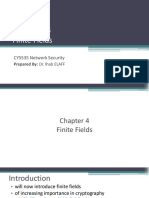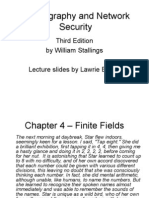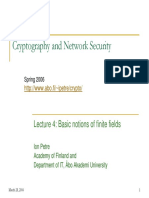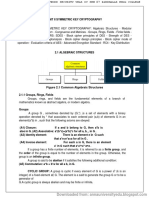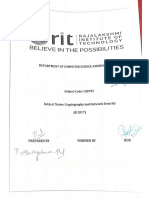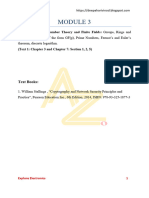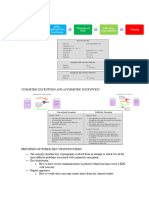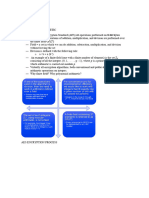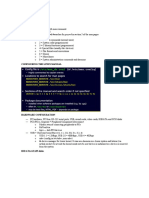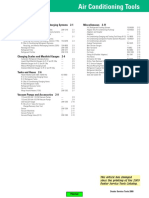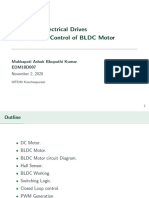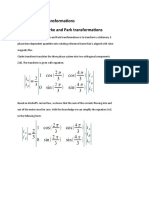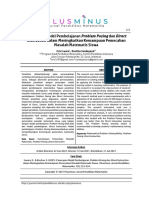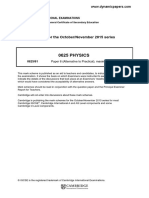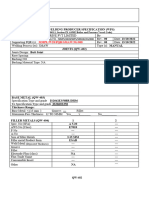0% found this document useful (0 votes)
51 views12 pagesCryptography Lecture 3 Notes
This document discusses modular arithmetic and its properties. It begins by defining divisibility and the greatest common divisor algorithm. It then defines modular arithmetic, including the modulus operation and congruence. Properties of congruence and modular arithmetic are provided. The document also discusses finite fields, polynomial arithmetic over finite fields, and their applications in cryptography.
Uploaded by
Shivend MenonCopyright
© © All Rights Reserved
We take content rights seriously. If you suspect this is your content, claim it here.
Available Formats
Download as DOCX, PDF, TXT or read online on Scribd
0% found this document useful (0 votes)
51 views12 pagesCryptography Lecture 3 Notes
This document discusses modular arithmetic and its properties. It begins by defining divisibility and the greatest common divisor algorithm. It then defines modular arithmetic, including the modulus operation and congruence. Properties of congruence and modular arithmetic are provided. The document also discusses finite fields, polynomial arithmetic over finite fields, and their applications in cryptography.
Uploaded by
Shivend MenonCopyright
© © All Rights Reserved
We take content rights seriously. If you suspect this is your content, claim it here.
Available Formats
Download as DOCX, PDF, TXT or read online on Scribd
/ 12

